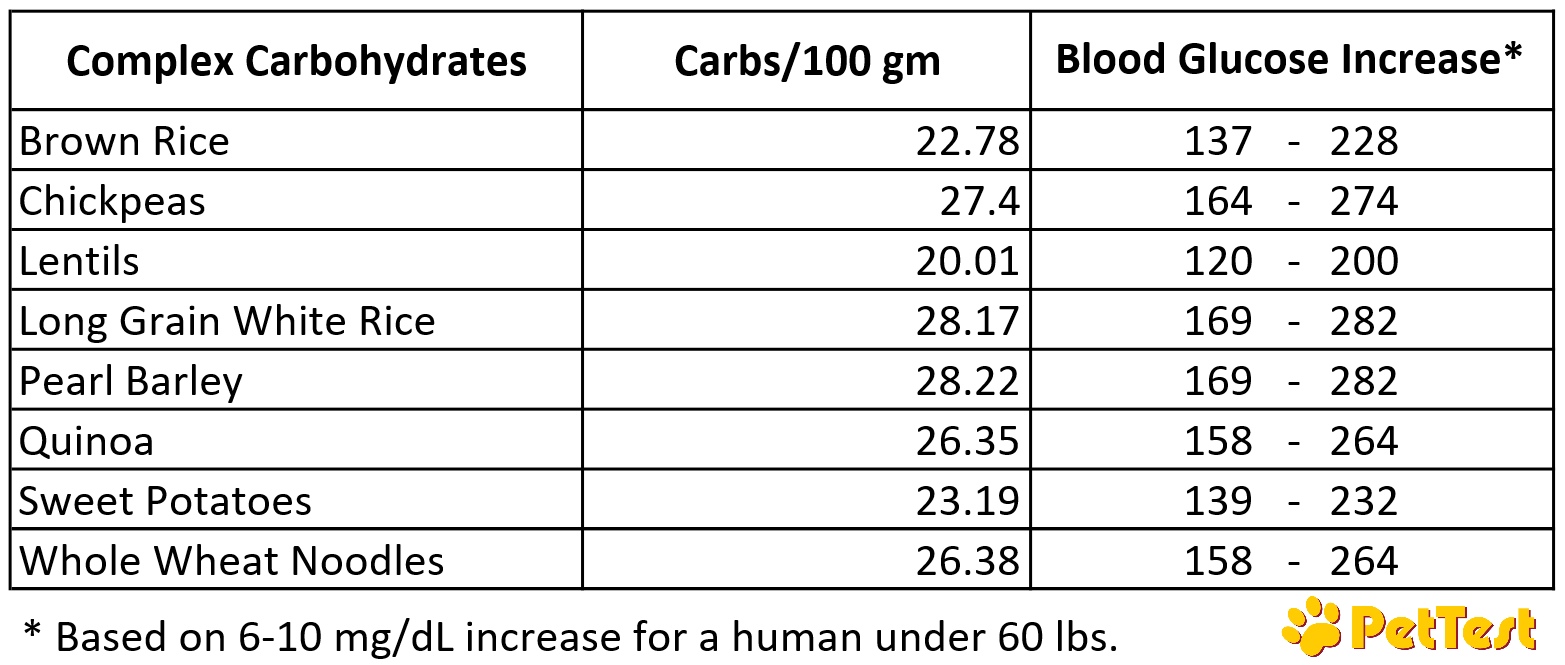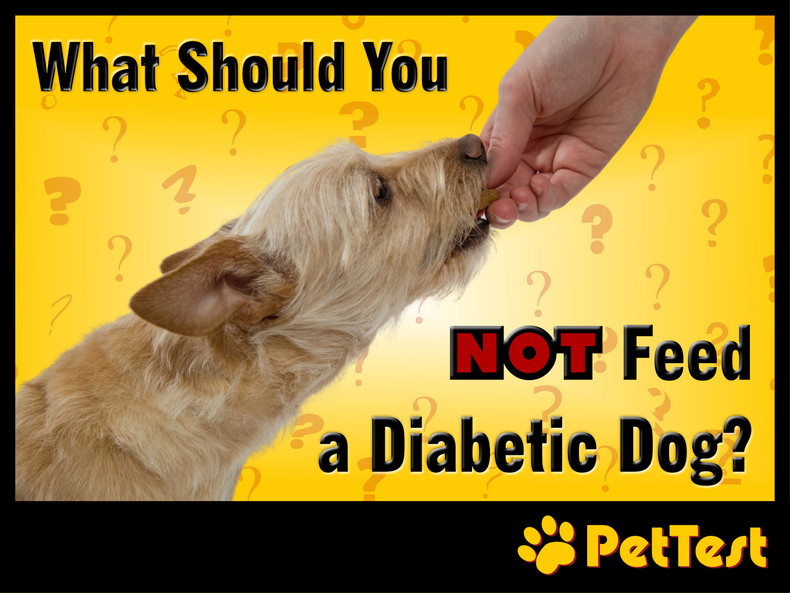What Should You Not Feed a Diabetic Dog?
Food and treats: what can my dog eat? This is one of the most common questions asked after our dogs are diagnosed with diabetes. After Lucy’s diagnosis of acute pancreatitis and diabetes I went through months of changing her food to get it right, after all food is an important part of managing diabetes and pancreatitis.
Let’s go over what we should not feed a diabetic dog and why. Grab a cup of your favorite cozy beverage and let’s jump right in.
Fat
Diabetic dogs are prone to pancreatitis is an illness that is exacerbated by high fat diet. Up to 40% of diabetic dogs will get pancreatitis so feeding a low-fat diet is important.
What is pancreatitis? The pancreas becomes enflamed when the digestive enzymes that it produces are activated in the pancreas. Normally these enzymes are not activated until they reach the digestive tract. Pancreatitis is painful and requires vet treatment; bland diet, pain medications, anti-nausea meds and possible antibiotics are required.
They have also found that high triglycerides and cholesterol (hyperlipidemia) can also cause pancreatitis. Certain breeds are predisposed to hyperlipidemia and this includes Mini Schnauzers, a breed we see often with diabetes and chronic pancreatitis.
By feeding a low-fat diet the risk of pancreatitis and hyperlipidemia is reduced.
Simple carbohydrates
These spike blood glucose levels quickly and should never be given to a diabetic dog unless they are having a hypoglycemic episode. Ingredients in supplements, medications, food and treats need to be looked at when we have a diabetic dog. Fruits and processed foods should be omitted from diet to help with glycemic control.
An ingredient I am seeing more and more in supplements is maltodextrin, this sweetener is higher on the glycemic index than glucose and dextrose. Make sure that you always look at ingredients and inactive ingredients in supplement or treats for simple carbohydrates.
Complex carbohydrates
Complex carbohydrates are typically part of a dog’s daily diet; commercial and prescription foods and many treats contain them, but complex carbs should be fed in moderation at mealtime only. While complex carbs are absorbed and turned into glucose over a longer period, they still increase blood glucose levels.
For reference:
1 gram of carbohydrates raises blood glucose 6-10 mg/dl for a human under 60 lbs.

As you can see complex carbs have the ability to raise blood glucose levels by a fair amount.
Lower carbohydrates = less insulin
Higher carbohydrates = more insulin
While we need to watch our diabetic dog’s carbohydrate intake, if a diabetic dog has dietary restrictions like low protein or extra low fat due to chronic pancreatitis or high triglycerides we can combat higher carb intake with insulin.
High fiber for underweight dogs
Prescription weight loss diets typically are high in fiber, and while fiber is a good thing it can also be too much for an underweight dog.
There are two types of fiber: soluble and insoluble fiber.
Soluble fiber is a gel like substance that coats carbohydrates and fats, slowing down absorption. Soluble fiber is not absorbed like other nutrients.
Insoluble fiber is undigestible and helps the body process waste and improves bowel health. It also helps a dog feel fuller for a longer period.
Both types of fiber are important and necessary for a dog’s body to run smoothly but high fiber diet should be avoided for dogs that are underweight.
Throughout my diabetic journey with Lucy I experienced many issues with her food. Here is a short list of what we went through:
Lucy had to be fed low-fat diet due to pancreatitis so she started out with a prescription diet that she liked but I was not happy with the ingredients.
I tried homemade diet early on and it was a failure: there were too many ingredients and I did not have control of ingredient amounts due to using a “dump” recipe. There were too many complex carbohydrates in the homemade food recipe I was given and I was not weighing quantities.
The prescription diet she was put on was too high in fiber and due to high fiber and poor glucose control due to the type of insulin she was on, Lucy dropped from 22 lbs. to under 17 lbs.
Once I switched insulin and her food to a quality commercial dry food and a homemade portion that consisted of a lean meat and a vegetable, she gained all her weight back and maintained a healthy weight and blood glucose levels were in target range. The commercial dry food I fed her was that was low-fat, lower in carbohydrates and lower in fiber.
If you are interested in taking a deeper dive into fat, carbohydrates, fiber and how to break down dog food look at these blogs:
Let’s (not) Chew the Fat – all about fat in diet.
Carbohydrates: Simple and Complex – a breakdown of simple and complex carbs.
Fiber: Why It’s So Important in our Diabetic Dog’s Diet – a look at fiber in diet.
Calculating Carbohydrates and Dry Matter Basis (DMB) – learn how to calculate guaranteed analysis on pet food labels.
Diabetic Dogs: Nutrition Edition – explanation of nutrients in dog food and why we need to weigh food.
If you have any questions, comments or suggestions, please start a conversation below.
For a printable version of this blog click here.
Until next week stay comfy, warm and caffeinated,
Michelle Miller-Matlock
AAHA Certified Diabetes Educator
Founder/Administrator of DDO: Diabetic Dog Owners University
Administrator of Diabetic Dog Owners on Facebook
Want to learn all you can in a simple and easy to follow format? Please join DDO-U: Diabetic Dog Owners University , graciously sponsored by PetTest.
Be sure to join the PetTest family on Facebook and Instagram. PetTest has fun, interactive posts AND they have fabulous giveaways every week!
Do you need a blood glucose meter kit for your diabetes arsenal? Click here to purchase one today!

